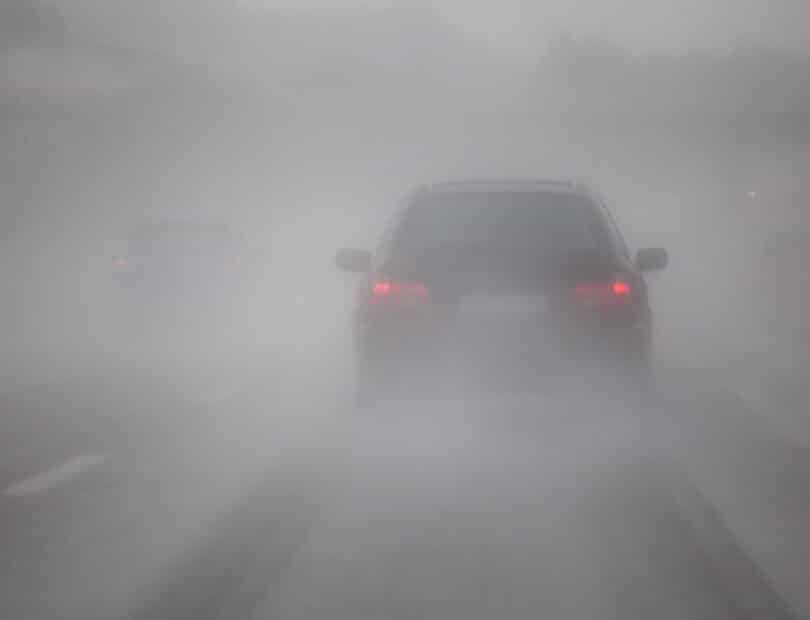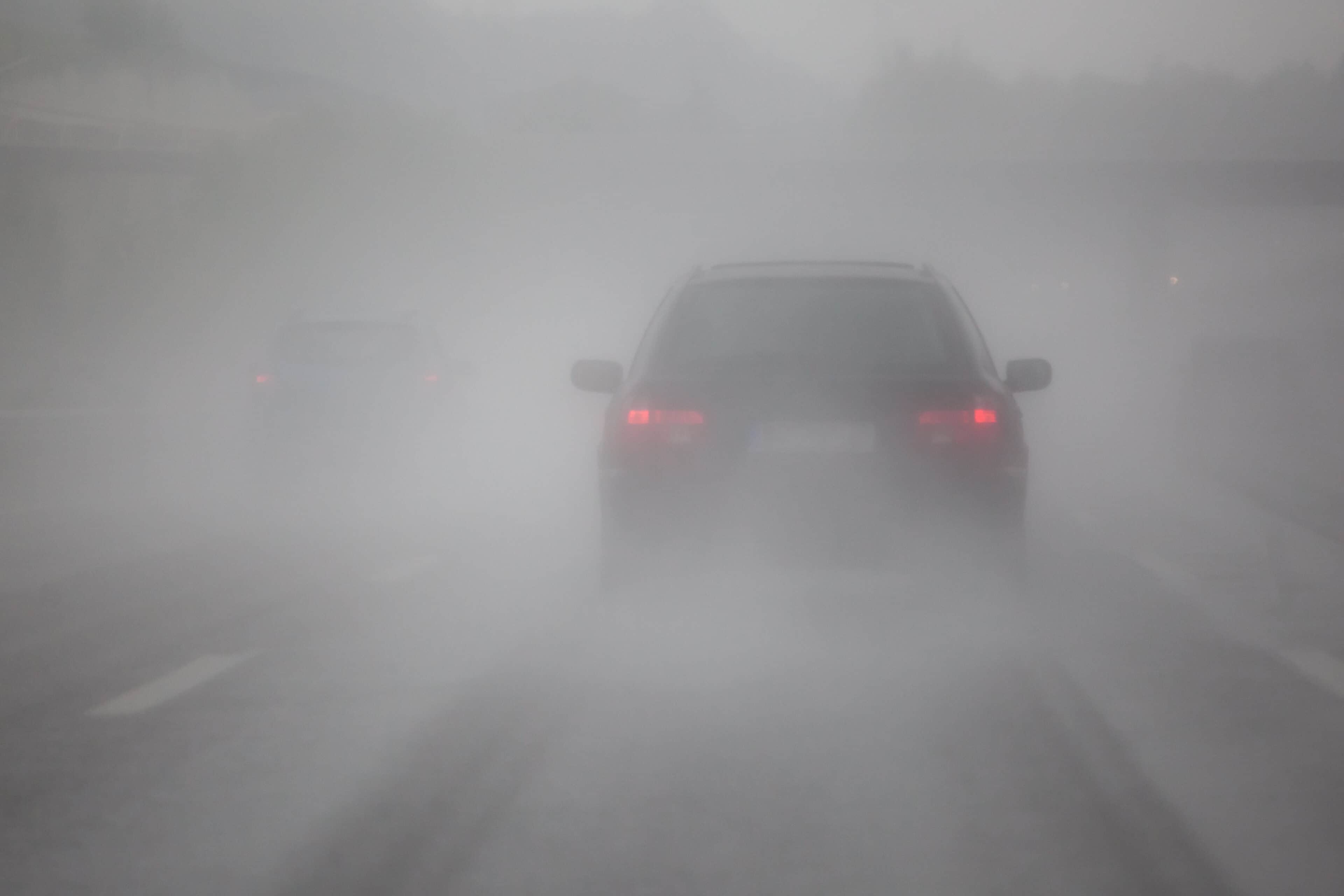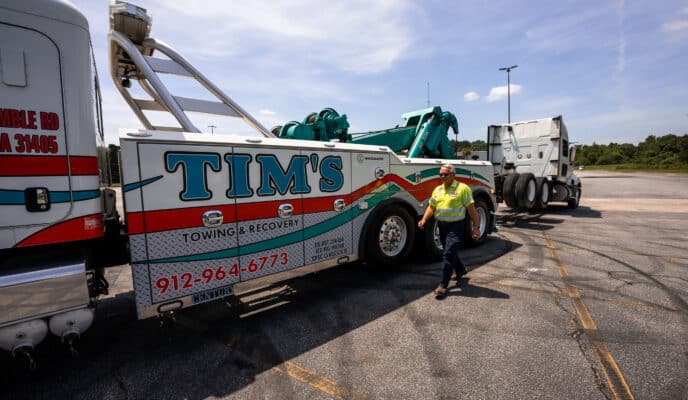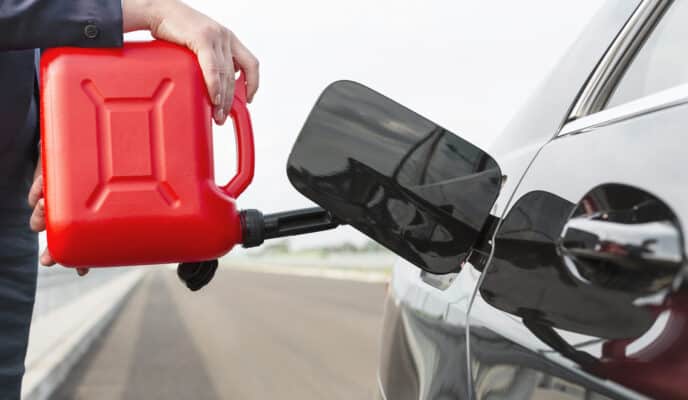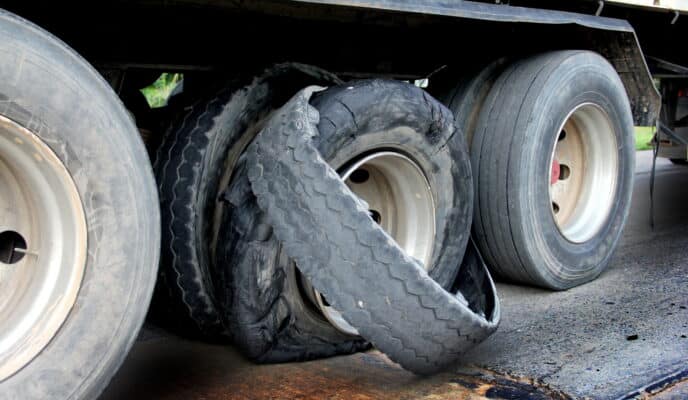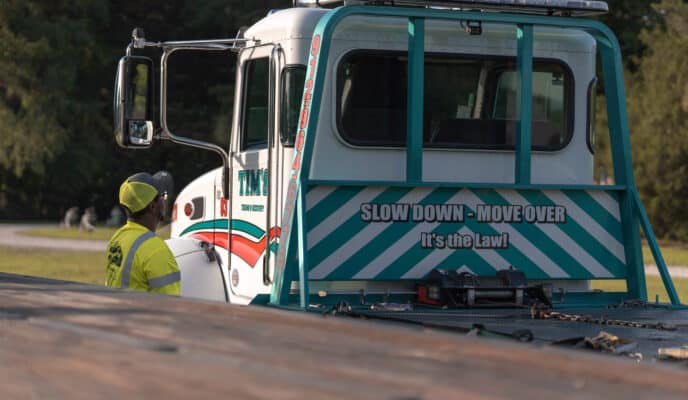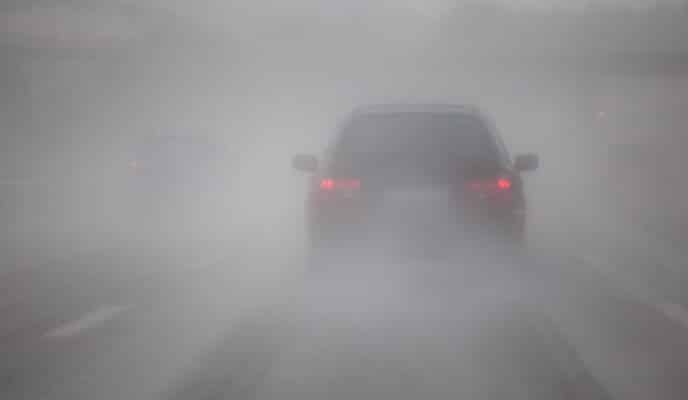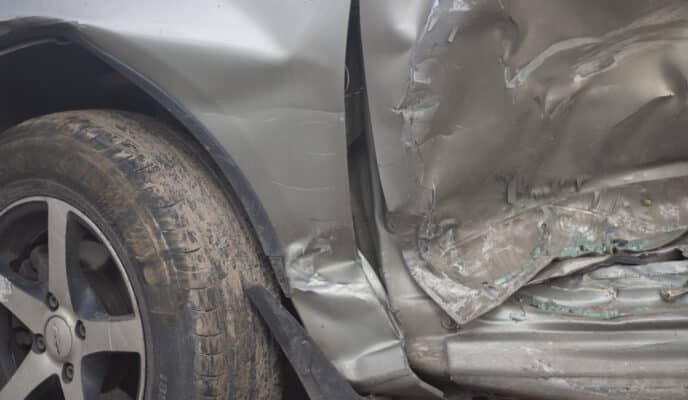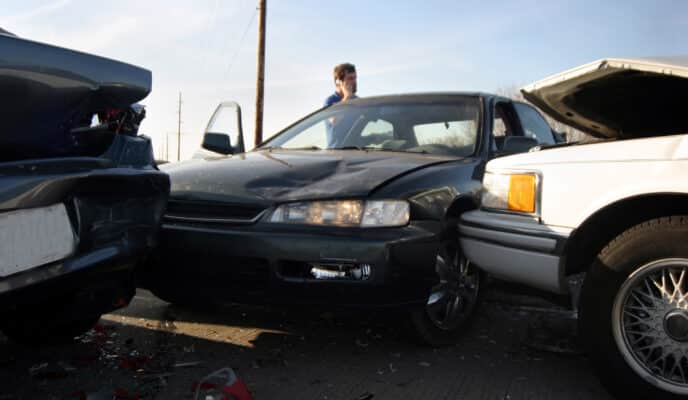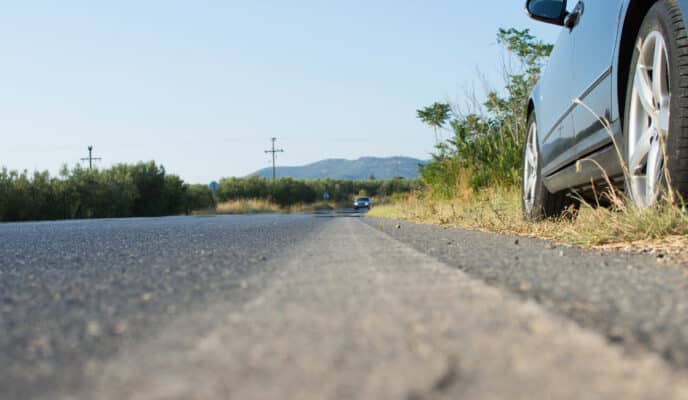Fog can be one of the most dangerous weather conditions for new or experienced drivers. Fog has the potential to significantly reduce visibility, making the road ahead uncertain and challenging. If you find yourself caught in these conditions, it’s vital to know what to do when driving in fog to ensure your safety and that of other road users.
- Slow Down
The first and most crucial step when driving in fog is to reduce your speed. Limited visibility means limited reaction time, so slowing down provides a buffer, and helps prevent collisions.
- Use Low-Beam Headlights
Many drivers make the mistake of using high-beam headlights in fog. This can backfire, as the high beams reflect off the fog, creating glare and reducing visibility. Stick to low beams.
- Use Fog Lights, If Available
If your vehicle is equipped with fog lights, this is the time to use them. They’re designed to enhance visibility during foggy conditions.
- Maintain a Safe Distance
It’s essential to leave plenty of space between your vehicle and the one ahead. This increases your reaction time if the car in front stops suddenly.
- Use the Right Edge of the Road as a Guide
When visibility is extremely poor, use the white line marking the right edge of the road as your guide. This way, you avoid running into oncoming traffic or veering off the road.
- Listen for Traffic
Sometimes, your ears can be as valuable as your eyes. Turn off the radio and roll down your windows slightly to listen for other vehicles, particularly at intersections.
- Signal Changes in Direction Early
When changing lanes or turning, signal earlier than you usually would. This gives other drivers ample warning of your intentions.
- Don’t Stop on the Road
If the fog becomes too dense to continue, never stop on the road. You risk being hit from behind. Instead, find a safe place to pull over away from traffic.
- Use Technology Wisely
Modern cars come with various aids like fog detection systems and adaptive headlights. Familiarize yourself with your car’s features and use them to your advantage.
- Know When to Postpone Your Trip
Sometimes, the safest decision is not to drive. If visibility is too poor or you’re feeling uncertain, consider waiting for the fog to lift or finding a safe place to pull over and wait it out.
Remember, when driving in fog, you should always prioritize safety. It’s better to arrive late than risk a collision. By adopting a cautious approach and following these tips, you can navigate foggy conditions with confidence.
Encountering fog on your journey can be daunting, but with the proper knowledge, you can navigate these challenges with confidence. Fog doesn’t wait for us to be ready; let’s take the initiative to be one step ahead. Stay connected with us for more safety tips, and always prioritize safe driving habits. Your well-being and that of others on the road is paramount. Contact our team at Tim’s Towing & Recovery today for more guidance and information on our safety-first services.
